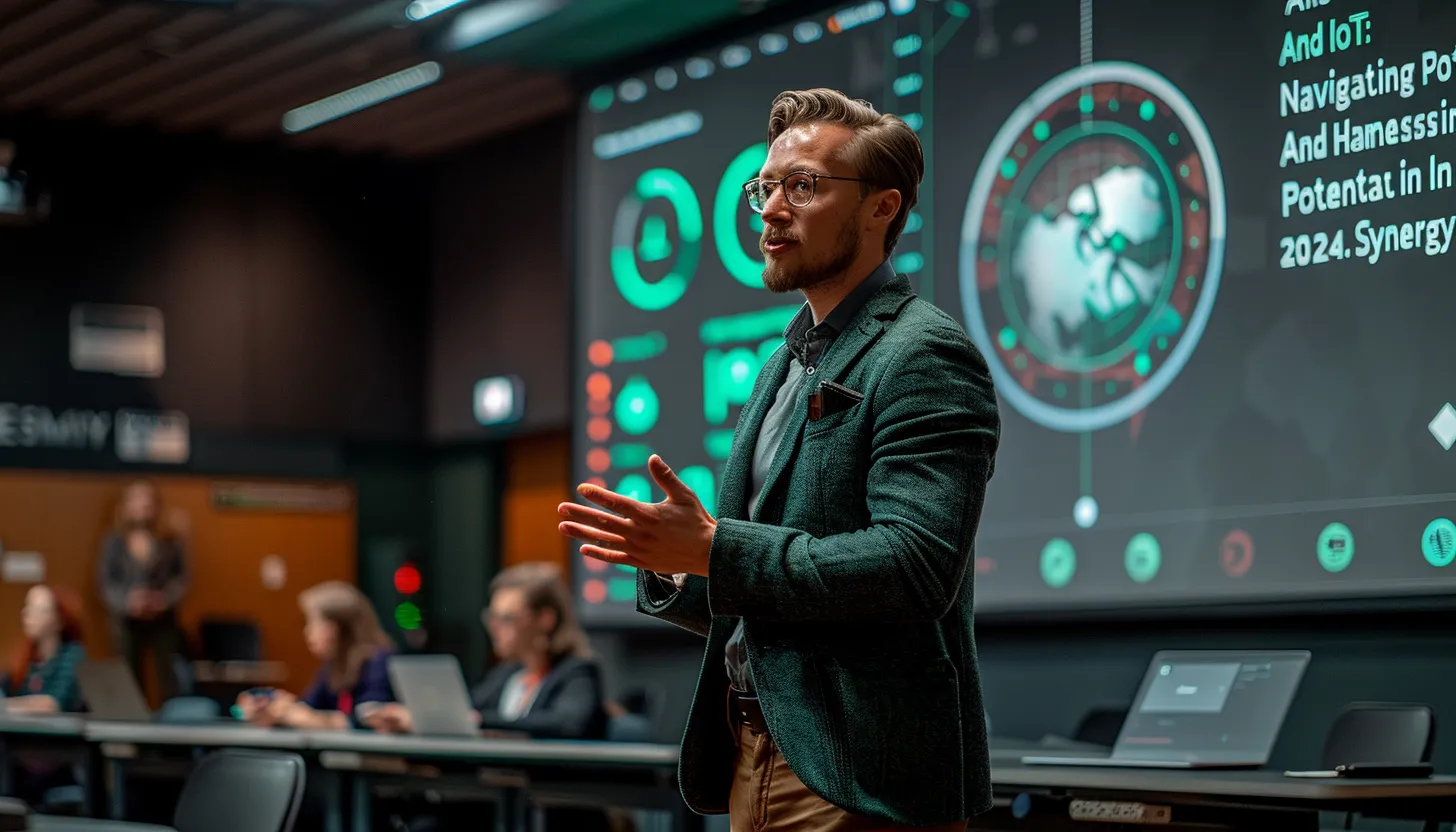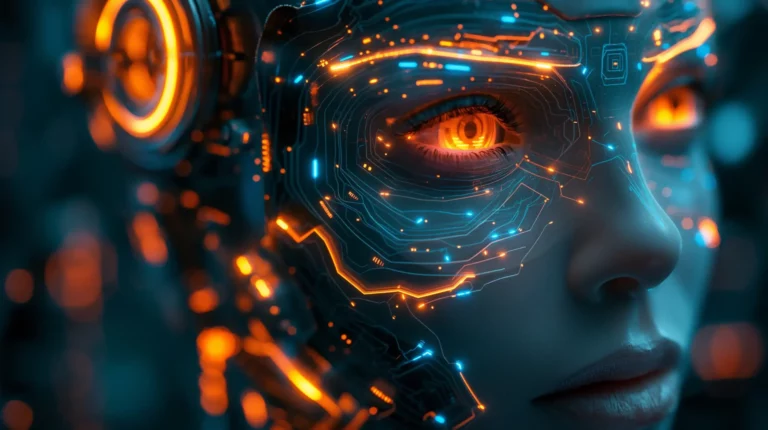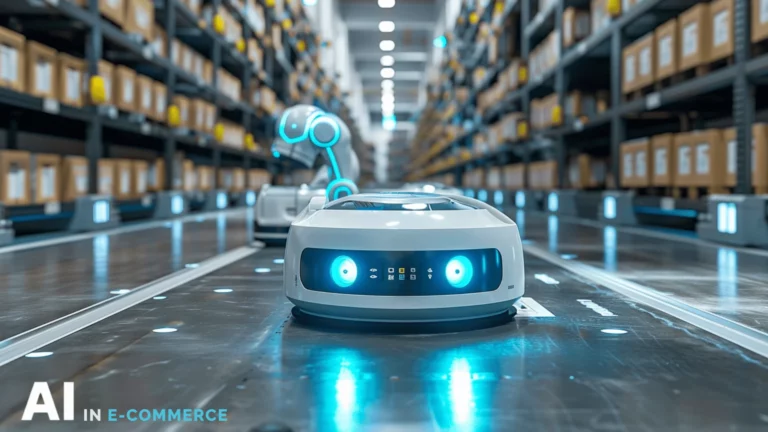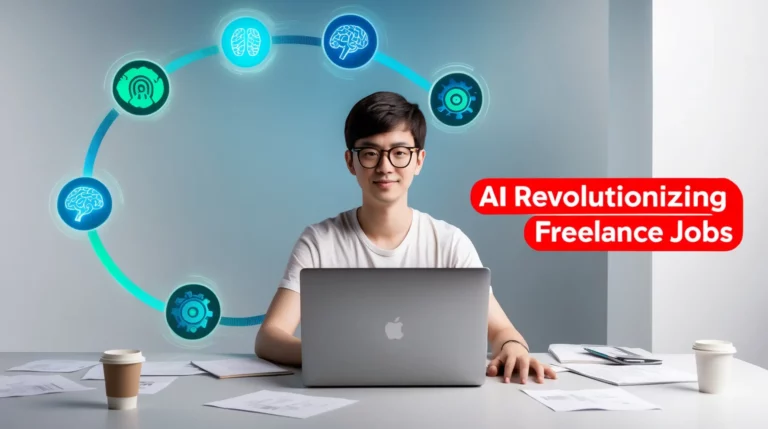Dispelling Myths: Debunking Common AI Myths and Misconceptions

Artificial Intelligence (AI) has become a prevalent topic in today’s technological landscape, but the spread of AI myths and misconceptions has increased. It is crucial to separate fact from fiction when it comes to AI to understand its capabilities and limitations clearly. By debunking common AI myths and addressing misconceptions, we can leverage this powerful technology more effectively.
Our audience supports Ahcrypto. When you click on the links on our site, we may earn an affiliate commission at no extra cost to you. Learn More.
Key Takeaways
Introduction
AI myths, often associated with machine learning and automation, refer to misconceptions about machines simulating human intelligence processes, typically using algorithms. Misconceptions surrounding AI myths, such as bias in AI systems and the belief that AI will take over the world, can lead to misunderstandings about its true potential and applications. By exploring how AI works and understanding its use cases, we can ensure that AI is adopted and developed responsibly.
Stay Updated with the Latest Digital Marketing Tips!
Subscribe to our newsletter and receive our exclusive guide, “Top 10 Digital Marketing Strategies for Success,” straight to your inbox
Artificial Intelligence (AI) has become a prevalent topic in today’s technological landscape, but the spread of myths and misconceptions has increased. It is crucial to separate fact from fiction when it comes to AI to understand its capabilities and limitations clearly. We can leverage this powerful technology more effectively by debunking common AI myths and addressing misconceptions.
Exploring AI Myths

Debunking Common AI Myths
One common AI myth is the fear of bias in AI systems, often addressed by data scientists through careful data curation. While it is true that AI can replicate and even amplify biases present in data, it’s essential to realize that bias in AI can be addressed through careful data selection and algorithm design by data scientists. Another prevalent AI myth is the belief that AI, including generative models like ChatGPT, will take over the world, akin to a doomsday scenario depicted in popular media. AI is a tool developed and controlled by humans, and its applications are vast but not omnipotent.
The Relationship Between AI and Algorithms
AI and algorithms are intricately linked, with algorithms serving as the foundation for AI systems. Algorithms are rules and calculations that enable AI to process vast amounts of data, identify patterns, and make decisions. Without algorithms, AI cannot function effectively. It is crucial to understand that AI algorithms, while powerful, are not equivalent to human intelligence, and generative AI presents new facets of this comparison. They are designed to automate tasks, such as predictive analytics, natural language processing, and more, but they lack the complexity and adaptability of the human brain.
Common Misconceptions About AI

Addressing and dispelling any prevalent AI myths is essential when delving into artificial intelligence (AI). These myths can often lead to misunderstandings about AI technology’s capabilities and limitations, hindering its practical use. By shedding light on some of the common AI myths, we can better understand AI’s true potential and how it can be leveraged in various fields.
Challenging Myths About AI Tools
One common misconception revolves around the fear of bias in AI systems. While AI can replicate biases present in data, it’s critical to acknowledge that this bias can be mitigated through meticulous data selection and algorithm design by data scientists. Additionally, there is a widespread belief that AI will eventually take over the world, a notion propagated by doomsday scenarios in the media. AI is a human-developed tool with vast applications, but it remains under human control, making this fear unfounded.
Understanding the Notion of General Intelligence in AI
AI and algorithms are intricately connected, with algorithms serving as the backbone of AI systems. These algorithms consist of rules and calculations that enable AI to process extensive data sets, recognize patterns, and make informed decisions. While powerful, AI algorithms do not possess the nuanced complexity and adaptability of the human brain. It’s crucial to recognize that AI algorithms are designed to automate specific tasks like predictive analytics and natural language processing, showcasing how they function as tools rather than sentient beings.
Most Common Myths About AI
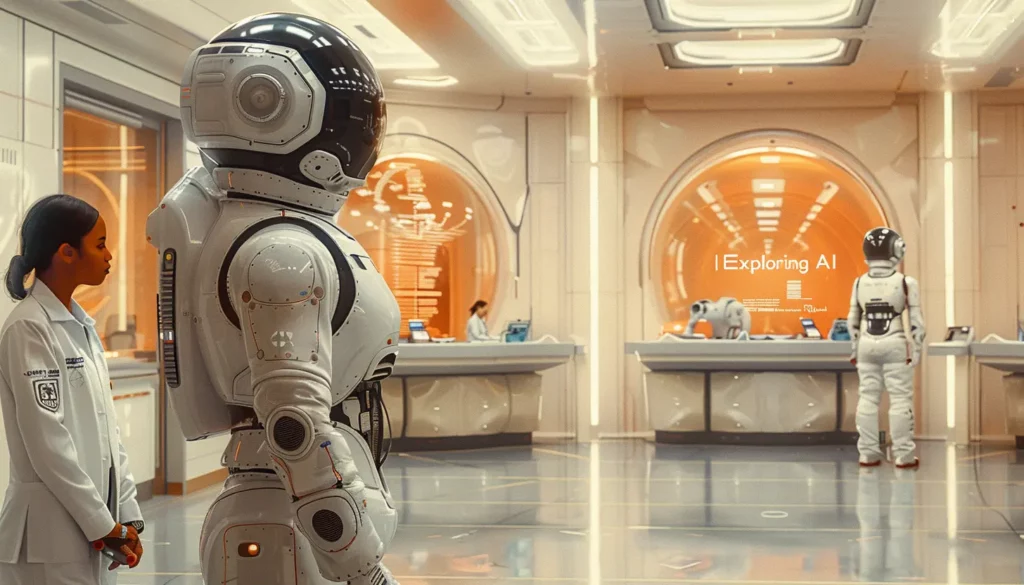
Despite the advancements in AI technology, some persistent myths about artificial intelligence continue to circulate. Debunking these myths can help individuals and organizations navigate the AI landscape more effectively, harnessing its potential while being mindful of its limitations. By exploring the realities of AI and dispelling common myths, we can foster a more informed and responsible approach to integrating AI solutions into various domains.
Why debunking AI myths is crucial.
Debunking common myths and misconceptions about Artificial Intelligence (AI) is essential for fostering a more informed understanding of this transformative technology. By dispelling myths, we can ensure that AI is leveraged effectively, maximizing its potential benefits across various industries and applications. Addressing misconceptions also helps promote the responsible development and usage of AI systems.
Understanding the origins of common AI myths
The origins of common AI myths can often be traced back to popular culture, where exaggerated portrayals of AI capabilities have led to widespread misunderstandings. Media depictions of AI as a threat to humanity or an all-powerful entity have fueled misconceptions about its true nature. Exploring the roots of these myths can help us discern reality from fiction, paving the way for a more nuanced and accurate perception of AI.
Artificial Intelligence: Fact vs. Fiction
When navigating the realm of Artificial Intelligence, distinguishing between fact and fiction, including myths about artificial intelligence, is paramount. By examining real-world applications of AI alongside dispelling prevalent myths, we can develop a clearer picture of its potential and limitations. Embracing the power of AI while debunking misconceptions ensures that this technology is harnessed for innovation and progress, benefiting society as a whole.
Conclusion
Understanding the reality behind AI myths is crucial for fostering an informed perspective on this transformative technology. By debunking these AI myths, we can better appreciate the true capabilities and limitations of artificial intelligence. Acknowledging that AI operates based on data and algorithms, not consciousness or emotions, helps dispel fears of AI sentience. Addressing AI myths about job disruption and ethical concerns enables us to leverage AI responsibly and effectively. Educating the public and promoting transparent communication are key steps in overcoming AI myths and ensuring that AI serves as a valuable tool for innovation and societal progress.
Keep updated on all of our latest tips here.
FAQ

Scott Evans
Hey there, I’m Scott Evans, your friendly guide at AhCrypto! I’m all about breaking down complex SaaS, AI, and tech topics into digestible insights. With me, you’re not just keeping up with the tech world; you’re staying ahead of the curve. Ready to dive into this exciting journey? Let’s get started!


